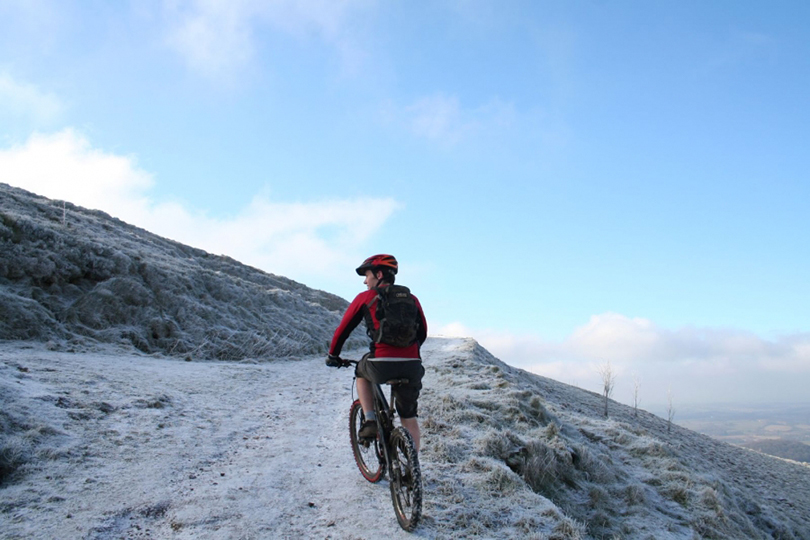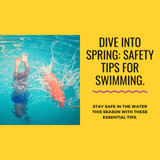Mountain Biking Safety Tips
Shop Prescription Glasses for Mountain Biking

Mountain biking is a popular outdoor sport in the U.S. with approximately 40 million participants annually.The allure of traveling “off the beaten path” where you can experience nature up close and personal is something that attracts many people to the sport. From lakes and rivers to wild animals and other like-minded thrill-seekers, you'll see it all when mountain biking.
Like all outdoor sports, though, there's a very real possibility of injury. You may lose your balance, hit a protruding tree branch, or turn a bend too sharply, all of which can send you tumbling.To reduce your risk of injury when mountain biking, the following are a few of the things you may consider.
Scout Blind Trails Beforehand
When you finally reach your destination and unload your mountain bike, you will probably be eager to start riding. Assuming you are familiar with the trail, you can hop on your bike and begin your adventure.If you aren't familiar with the trail, you should scout it out beforehand, looking for obstructions or possible hazards that could result in injury. Clearing the trail of large rocks and downed tree limbs will make your ride safer and more enjoyable.
Gear Up
You're bound to fall at some point when you're blazing down a dirt trail on your bike. To reduce the risk of injury, gear up in a fitted helmet. If you happen to fall and your head hits a nearby rock or downed tree, it will absorb the impact; thus, protecting your 'noggin from injury. Helmets have saved the lives of thousands of mountain bikers and they will continue to save lives if bikers wear them.
In addition to a helmet, you may also want to wear kneepads, gloves and protective sports sunglasses. These items offer greater security and protection against biking-related injuries.
Tell Someone Where You Are Biking
The golden rule of performing any outdoor adventure, including mountain biking, is to tell somewhere where you are going and when you'll be back. If you are severely injured and/or incapacitated, this person will know something is wrong when you don't return on time. Whether it's a friend, family member, coworker, park ranger, etc., make sure someone knows where you're going.
Other Safety Tips To Follow:
Avoid riding down wet trails.
Bring a tire patch kit and air pump in case of a puncture.
Maintain control of your speed at all times.
Slow down when taking corners.
Tackle the small trails first and then work your way up to the bigger ones.
Keep a safe distance between other bikers.

 Canadian Dollar (CAD)
Canadian Dollar (CAD)
 Euro (EUR)
Euro (EUR)
 British Pound (GBP)
British Pound (GBP)






